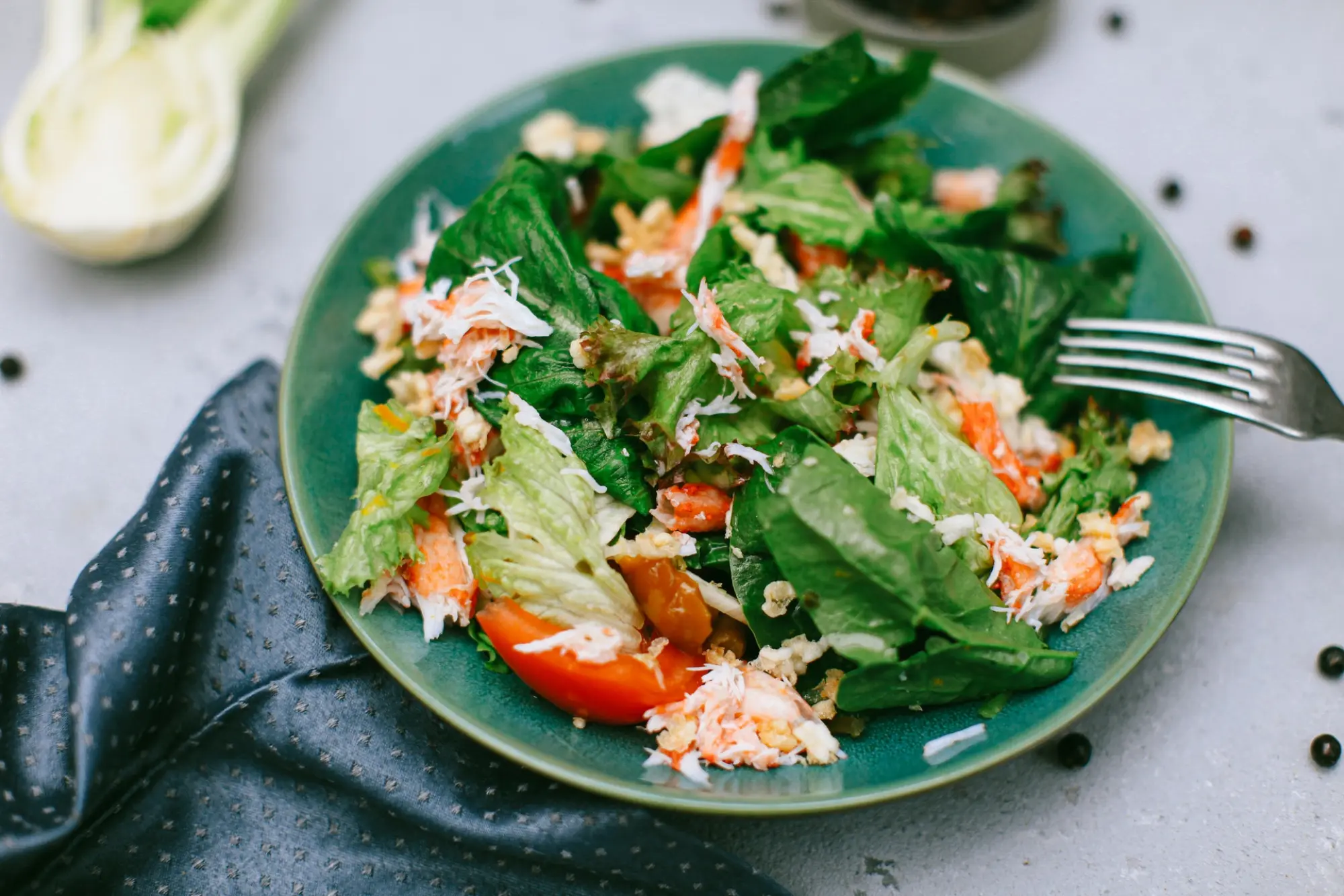With calorie information a mandatory inclusion on menus in England as of April 6th, 2022, this is a good time to re-evaluate your menu items through a calorie-conscious lens.
Healthy choices continue to enjoy increased importance for today’s consumer; recent research from Bidfood (2022) revealed that eight in 10 people in the UK are consciously looking for healthy options on menus when they eat out, while over half (53%) are counting calories or sugar content. The additional transparency provided by readily available calorie information is likely to make this attitude more prevalent.
What contributes to the calorie content of a dish? The three macronutrients that provide energy (in the form of calories) to humans are fats, proteins and carbohydrates. Protein and carbohydrates contain four calories in every gram, while fat contributes more than double, with 9kcal per gram.
Read on for some clever ways to reduce calorie counts across your menu and reap some real benefits as a result — without reducing customer satisfaction.
Standardisation
Gain greater control over your menu offering by implementing specific standards for every recipe. By weighing and quantifying every ingredient, you’re not only being clear about calorie contents, but you’re also quantifying costs and minimising waste.
Rethink portion sizes
Is every plate coming back to your kitchen still loaded with food? Overly large quantities of food are wasteful, regardless of whether they get eaten. Not only can re-evaluating this cut the calorie content of your dishes and have an impact on the health of your consumers, but it is also a smart way to reduce costs, allowing more customers to be served per order of stock and slashing waste-related expenditure.
Focus on lean proteins
Building dishes around lean protein options is an easy way to keep calorie contents low; chicken and fish are both high in protein, with very little fat. With plant-based diets continuing to grow in popularity, it also makes sense to incorporate more lean vegetarian proteins such as legumes and tofu to meet the needs of meat-free eaters. An added bonus? They’re cost-effective, too.
Review your ratios
Add more low-calorie components to each dish — such as fruits and vegetables — while reducing the amount of calorie dense components like oils and fats. Get creative with new dishes that use meat as a flavour boost, rather than the star of the show.
Cooking clever
The cooking method you use has a significant impact on the nutritional value of your meal. To produce healthier, lower-calorie dishes, choose methods that preserve nutrients while requiring little to no additional fat; steaming, poaching, braising, roasting, baking, stir-frying and grilling are all good options.
Make smart flavour swaps
Nobody is suggesting that you cook without any fat, but there is a healthy balance. Simple swaps — such as deglazing a pan using stock or water rather than wine — will cut calories without having a noticeable impact on flavour. While high volumes of butter, cream and other fats have traditionally been used to increase craveability, why not experiment with other, lower-calorie methods of making your meal delicious?
- Bring some brightness with a punch of acidity from citrus or vinegar — in-house pickles and ferments are right on trend.
- Ramp up the umami using ingredients such as soy sauce, miso or fish sauce.
- Turn up the heat using chillies, peppercorns, harissa, horseradish, mustard or wasabi.
- Boost the flavour at the finish line by adding fresh herbs or lemon zest.
- Don’t underestimate the impact of texture on overall enjoyment: a little crunch goes a long way.
- Get creative with nutritious garnishes like toasted nuts or roasted chickpeas.
Whether you choose to create new dishes or modify your existing menu options, Nutritics can help you accomplish all of the above and more, providing you with the most accurate, up-to-date nutritional information possible through its gold standard recipe calculation.
